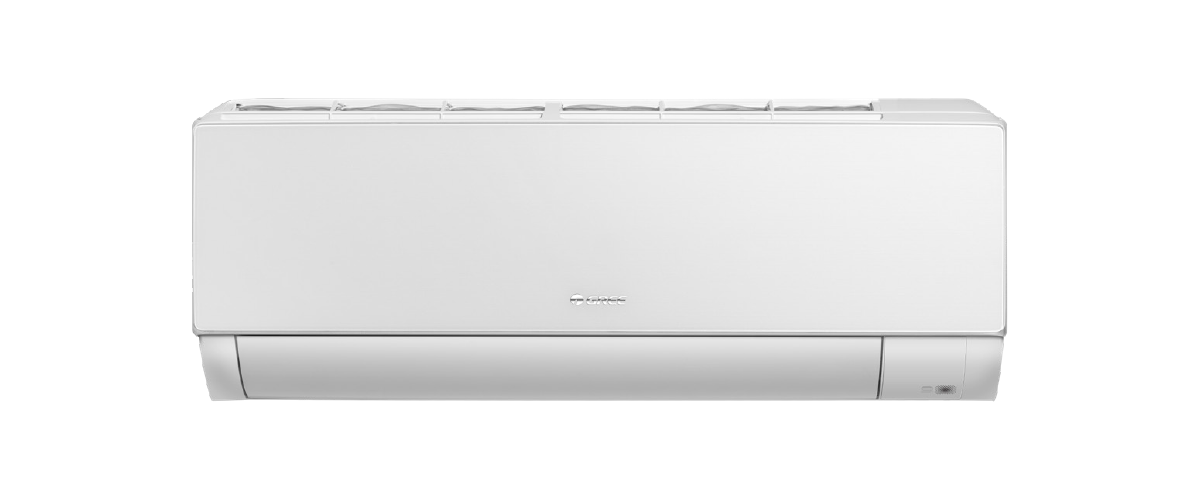What Is an Air Source Heat Pump? Explained
What Is an Air Source Heat Pump? Explained
Blog Article
The Ultimate Guide to Understanding Air Source Heat Pumps
In regards to energy-efficient and eco-friendly heat alternatives, air resource temperature pushes (ASHPs) be noticeable as a favorite choice for homeowners and firms alike. But with increased interest surrounding sustainability and clear power, understanding how air source temperature pumps function and their advantages is required for creating an educated decision. This informative article will function as your final manual to demystifying Air source heat pump (Luftvärmepump) and discovering how they offer an modern solution to modern heating needs.

What Can be an Air Source Heat Pump?
An air resource temperature pump is really a heating and chilling system that extracts heat from the outdoor air and moves it indoors to effortlessly control the heat of a building. Unlike standard heating techniques that rely on burning gas, ASHPs use energy to maneuver temperature, making them an even more sustainable and cost-effective option.
There are two principal types of air supply heat pushes:
1. Air-to-Air Temperature Sends: These move temperature to the air within your house or creating, working much like an old-fashioned HVAC process but with better efficiency.
2. Air-to-Water Heat Pumps: These systems heat water that can then be used in radiators, underfloor heat systems, and for domestic hot water.
How Do Air Supply Temperature Pushes Work?
Air resource temperature sends run on a simple yet innovative concept. They remove temperature from the outdoor air, even in cooler temperatures, utilizing a compressor and a refrigerant system. Here is a quick breakdown of the method:
1. Temperature Absorption: The device absorbs heat from the air outside.
2. Pressure: Heat is then compressed employing a refrigerant, increasing their temperature.
3. Heat Transfer: This temperature is moved to the building to hot the house or water.
4. Recycling: The refrigerant cycles back again to replicate the process.
ASHPs may also opposite this process in hotter weeks, acting as an air conditioning equipment by transferring temperature from inside to the surface air.
Why Choose Air Source Heat Pumps?
The rising recognition of air resource heat pumps may be attributed for their numerous benefits over old-fashioned methods:
• Power Efficiency: ASHPs use electricity to move temperature rather than create it, reducing energy consumption.
• Eco-Friendly Heating: By leveraging green heat from the air, ASHPs decrease carbon emissions significantly.
• Price Savings: While the original expense may be higher, paid off energy expenses produce ASHPs a cost-effective answer in the extended term.
• Usefulness: Whether you're needing heat, chilling, or hot water, air resource heat sends give multi-functionality in one single system.
• Small Maintenance: These methods are designed for low preservation, generally requesting only an annual check-up.
Are Air Source Temperature Sends Correct for You?

Air resource heat pushes are most effective in insulated houses and in areas where temperatures do not regularly decline acutely low. If you are considering one, here are a few facets to consider:
• Current Heating System: Retrofitting a heat pump in to a current system might require extra updates, such as for instance better warmth or appropriate temperature emitters.
• Outdoor Place: ASHPs require room around them allowing unrestricted airflow.
• Upfront Expenses: Whilst the purchase and installation costs may appear high, government incentives and long-term savings frequently offset this preliminary investment.
Ultimate Thoughts
Air resource heat pushes represent a step forward in sustainable heat and energy efficiency. Making use of their ability to lessen carbon emissions and produce reliable comfort year-round, they're a compelling option for anyone seeking to arrange with cleaner energy solutions. By understanding how these systems perform, you'll be well-positioned to choose if they are the right fit for your home or business.
Report this page